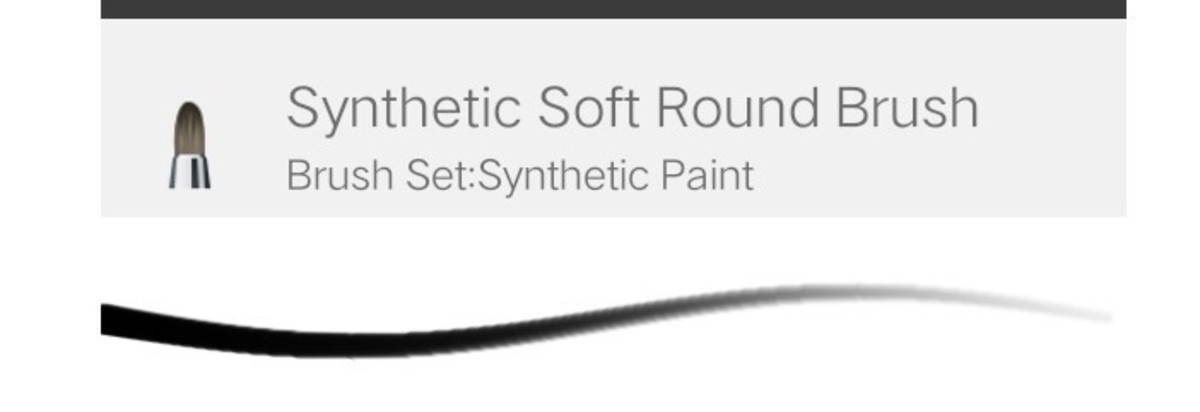
High opacity will fit an ink liner and the oil paint, and lower opacity will fit water-based markers and watercolors. Lower opacity gives you a chance to test your lines before drawing the final ones.Īgain, changing the opacity will give you a feeling of different tools. When the opacity is low, your lines are less visible, so you get a chance to draw over them later without making a mess. Just like with size, you can change it gradually with a slider, or type a value inside the settings. The second basic property is called opacity. As you can see, you can create plenty of tools just by switching the size! Opacity The big size will turn our brush into a real painting brush. The medium size will create a feeling of drawing with a thick marker.

In the mobile version of SketchBook you an also use a more traditional slider.Īnd finally, if you want a specific size, you can just type it in the settings of the brush.īrushes with small size will feel like a pencil, or an ink liner. In the desktop version of SketchBook you can drag the “puck” to the left to make the size smaller, and to the right to make it bigger. If you don’t have a keyboard, your program should also have a slider of some kind that you can drag to resize your brush. The easiest way is to use the shortcut: press the left square bracket key ( ) to make the brush bigger. Your tablet pen has a thin, pencil like tip, but you can draw a line of any size with it-just tell your program how big you want your strokes to be. There’s a limited number of things you can do to a line, so it’s easy to group them into specific properties. Digital brushes are not real brushes of course-they’re just a set of instructions telling your program what to do with the line you’re drawing. However, what this line looks like, depends on your choice of the brush. Basic Brush Propertiesĭigital drawing is just like normal drawing in a sense-you draw a line, and a line appears. I’ll be using Autodesk SketchBook, but the general theory should apply to all drawing programs. In this article I’ll help you understand these settings, so that you could create a brush set tailored to your needs.

If you change these settings properly, you can create a brush that will work exactly as you need-producing subtle, thin lines with tapered ends, or thick, textured strokes that blend with each other like real paint. How the line will look, however, depends on the settings of your brush. When you draw on a graphics tablet, the motion of your pen defines the position and curve of the line.


 0 kommentar(er)
0 kommentar(er)
